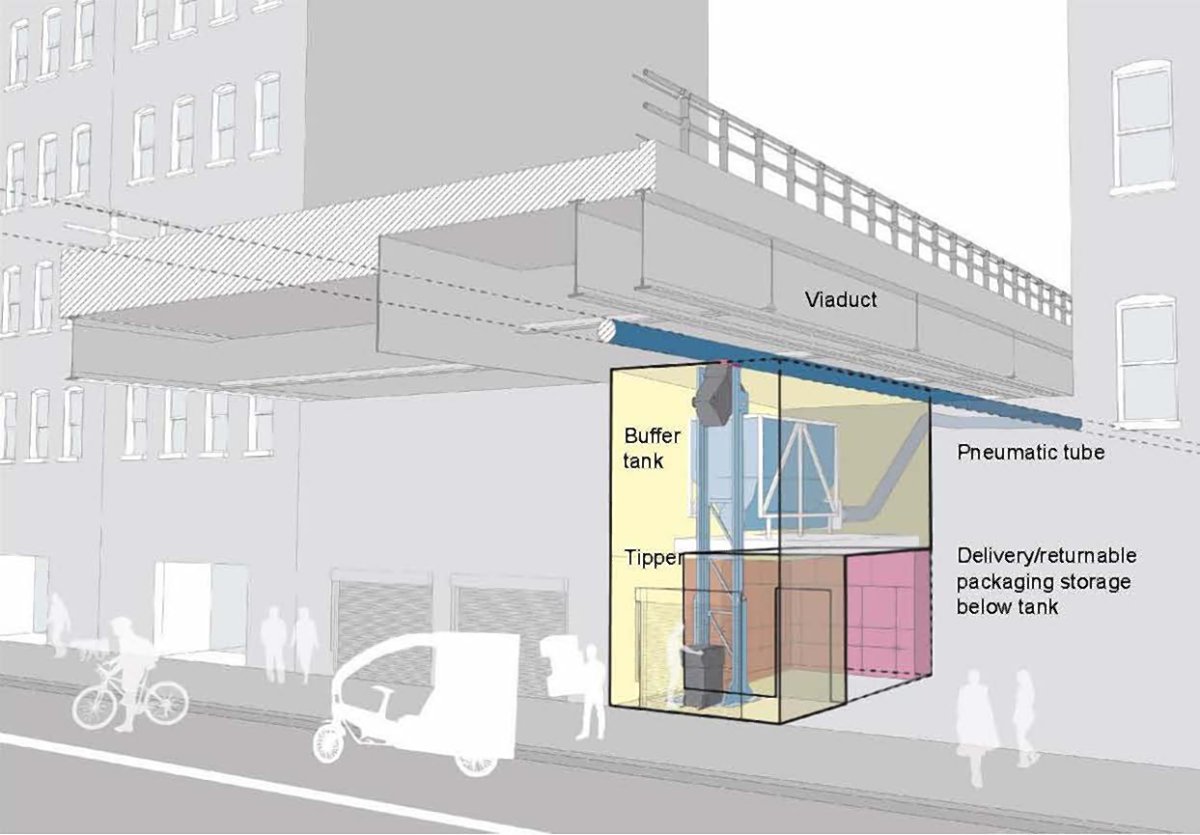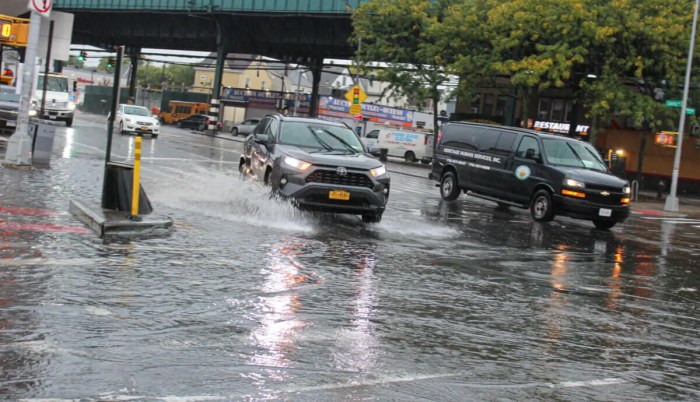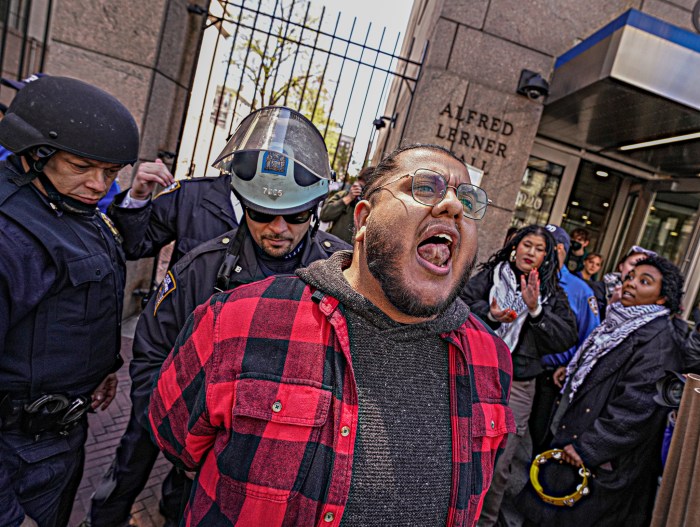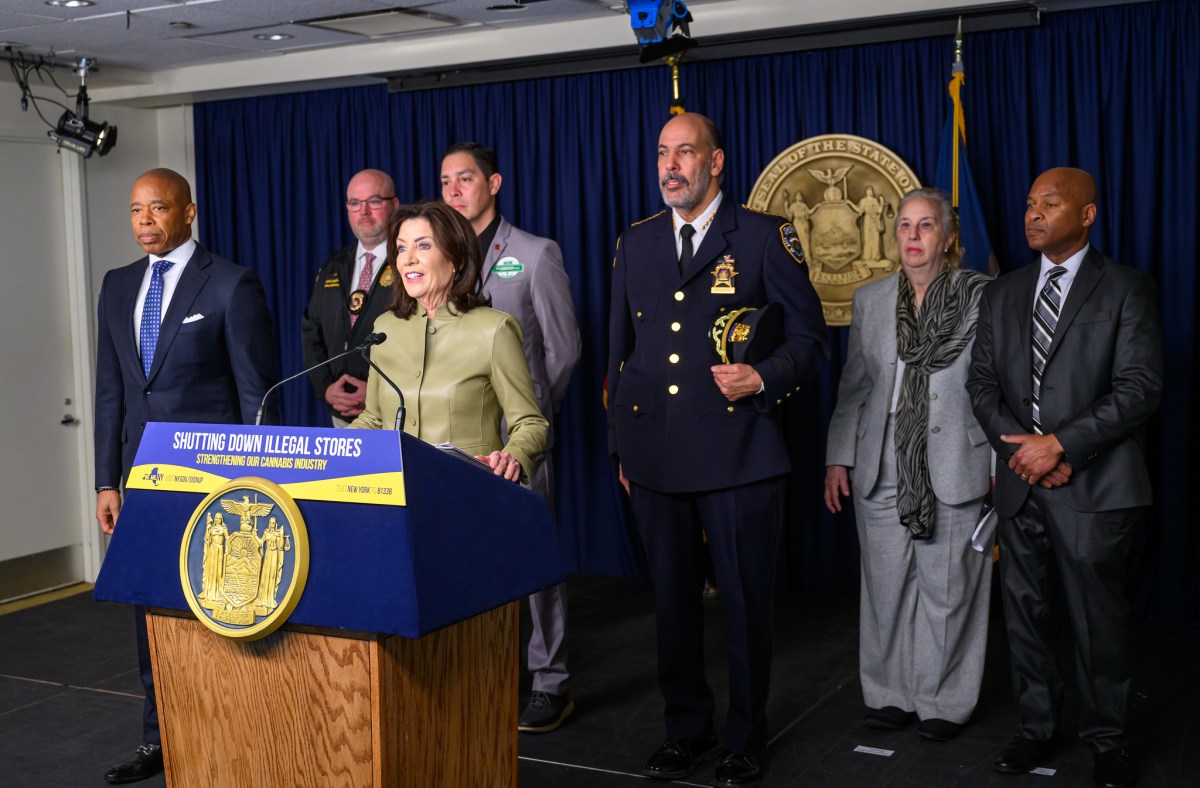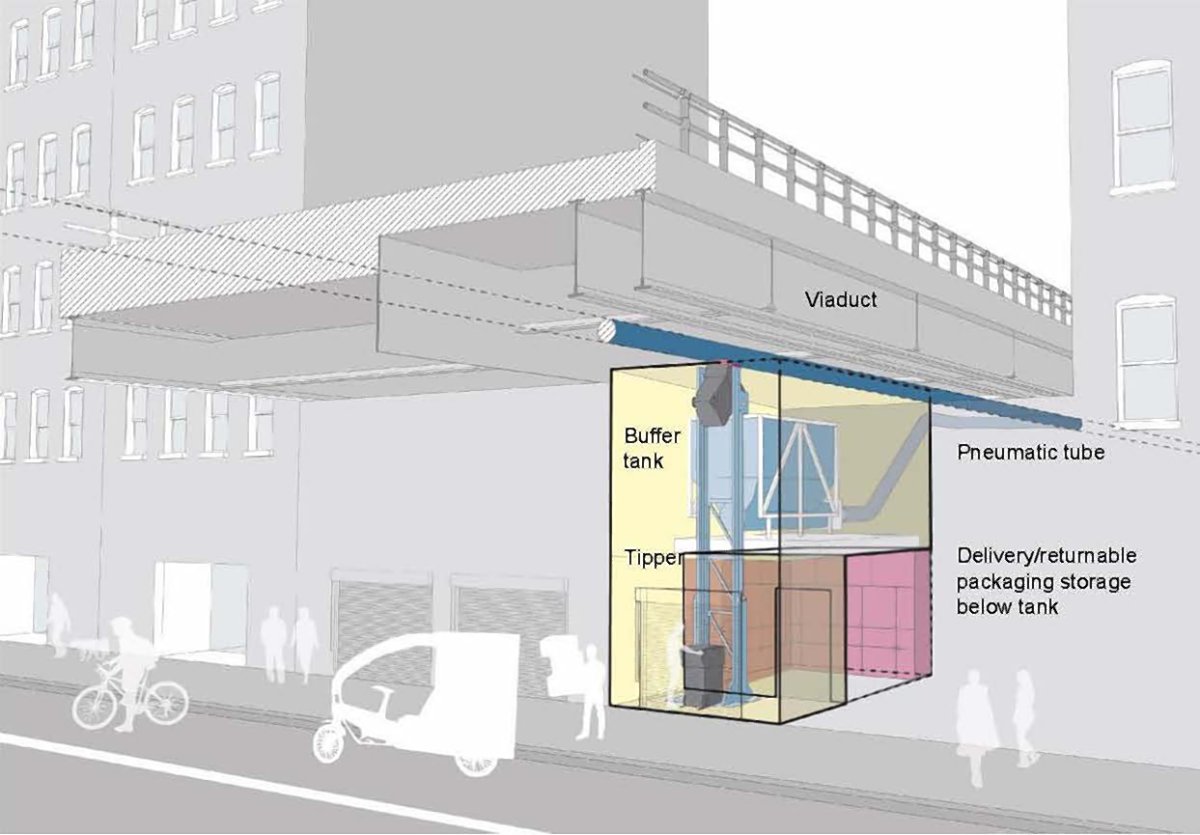
BY SYDNEY PEREIRA | A sustainability focused infrastructure firm is tackling a major quality-of-life complaint in Chelsea and the Meatpacking District: trash.
Since 2013, sanitation wonks at the firm, ClosedLoops, have studied a plan to retrofit the High Line with a pressurized tube to shuttle trash out of the neighborhood.
What started as an academic venture quickly turned into reality when the Mayor’s Office of Sustainability backed the project and two state agencies — the Department of Transportation and the Energy Research & Development Authority — threw in some cash for ClosedLoops to further its studies. Several city agencies are also on the project’s advisory committee.
Juliette Spertus, co-founder of ClosedLoops, said, “If we’re going to do this, how can this really make an impact in the community?
“If we’re going to be capturing waste from the blocks along the [High Line] corridor, why don’t we think of this like a subway, like a mass transit for waste?” she said.
Instead of having piles of garbage bags on street corners waiting to be hauled away by private carters, under the ClosedLoops plan, staffers at local businesses, buildings and the Meatpacking Business Improvement District would take garbage bags via rolling cart to a collection point, where tubes would suck up waste from “buffer tanks.”
From there, the tube-to-rail transport system would shuttle trash, recyclables and organics (biodegrabable waste) from businesses, litter bins and possibly public housing dumpsters to a collection terminal at W. 34th St., and eventually on to processing and disposal facilities.
The program — known as a “pneumatic waste management” system — has been implemented on Roosevelt Island since the 1970s. But Spertus and project partner Ben Miller aim to make the trash tube more commonplace around the city, starting with the High Line.
One-and-a-half miles of the tubing would run through nine access points, including one for the Meatpacking BID, Milk Studios, Chelsea Market, the Robert Fulton and Chelsea-Elliot Houses and Avenues: The World School.
Capital costs are projected to be $20 million, according to ClosedLoops. The group’s next step is to seek city approval to study the underbelly of the High Line to further refine designs.
Community Board 4 supported the project in 2016, and last month, the board’s Parks and Waterfront Committee signaled support once again. On Wed., Jan. 2, the full board of C.B. 4 voted unanimously to send a letter of support for the project.
A major benefit of the concept is the environmental benefits — reducing diesel-fuel truck traffic, and therefore, greenhouse gases and health-harming pollutants. ClosedLoops estimates its High Line initiative would avoid 150,000 garbage truck miles, reduce the number of garbage bags on the streets by 800,000, and benefit 5,000 public housing residents at the Chelsea-Elliot and Fulton Houses, which would have their own “compactor yards” to connect to the trash tube.
A second part of the project would target the “Meatpacking Co-op” building, which houses the area’s remaining meat businesses, on the block bounded by Washington, Little W. 12th and Gansevoort Sts. and 10th Ave., as well as the Gansevoort Market food hall on W. 14th St. near Ninth Ave.
Under the scheme, the meatpackers’ and Gansevoort Market’s food scraps would be converted into energy through a micro-anaerobic digester, which helps break down food waste, releasing methane, which could ultimately be made into biogas. The biogas could then help power the place’s refrigeration systems, according to ClosedLoops.
ClosedLoops says its concept could be replicated citywide, particularly at existing elevated transit lines, such as the 7 line in Queens.
Miller is also the former director of policy planning for the city’s Department of Sanitation. He said he takes some “blame” for all the garbage bags on the streets during his tenure there.
“I’d like to amend my error and get to rigid containers, which are not so accessible to rats,” he said. “All the problems with manual plastic bags on the street — the congestion, the aesthetics — bags are just a big mistake. In general, we’d very much like to get bags off the street.”



